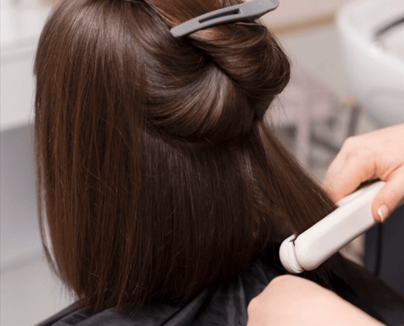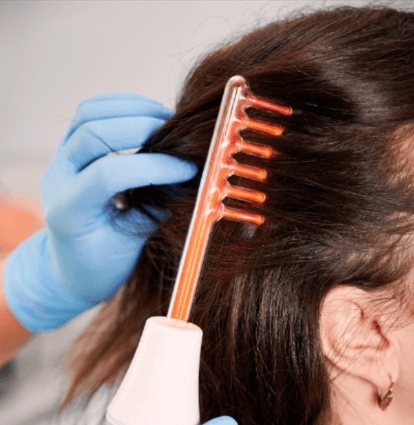Breast augmentation is one of the most popular cosmetic procedures worldwide, offering enhanced shape, volume, and confidence. Whether you’re considering surgery for the first time or preparing for your upcoming procedure, understanding the entire process—from pre-op preparation to post-op recovery—helps set realistic expectations and promotes a smooth experience.
This comprehensive guide breaks down each phase of breast augmentation surgery so you know exactly what to expect.
🔎 Before Surgery: Pre-Operative Preparation
1. Consultation with Your Surgeon
- Discuss your goals, implant options (saline vs. silicone), size, shape, and placement (above or below the muscle)
- Review your medical history, current medications, and any allergies
- Understand the risks, benefits, and realistic outcomes
2. Medical Evaluation and Tests
- Blood tests and baseline health checks
- Possibly a mammogram or breast exam (depending on age and risk factors)
3. Medication Adjustments
- Avoid blood-thinning medications, aspirin, and certain supplements 1-2 weeks prior
- Stop smoking at least 4 weeks before surgery to improve healing
- Your surgeon may prescribe antibiotics or other medications in advance
4. Plan Your Recovery
- Arrange for someone to drive you home and stay with you for at least 24-48 hours
- Prepare a comfortable recovery space with essentials at hand
- Plan time off work (usually 1-2 weeks)
5. Pre-Surgery Instructions
- Follow fasting guidelines (usually no food or drink after midnight before surgery)
- Shower with antibacterial soap as directed
- Wear loose, comfortable clothing on the day of surgery
🏥 During Surgery: What Happens in the Operating Room
1. Anesthesia
- General anesthesia is typically used to keep you fully asleep and pain-free
2. Incision Types
Surgeon will create an incision to place the implant:
- Inframammary (under the breast fold) – most common
- Periareolar (around the nipple)
- Transaxillary (in the armpit)
- Transumbilical (through the navel, less common)
3. Implant Placement
- Submuscular (under the chest muscle) or subglandular (over the muscle but under the breast tissue)
- Your surgeon will carefully insert and position the implant
4. Closing Incisions
- Sutures, surgical tape, or skin adhesive closes the incisions
- Dressings and a supportive surgical bra are applied
5. Duration
- The procedure typically lasts 1-2 hours
🩺 After Surgery: Recovery and What to Expect
1. Immediate Post-Op
- You’ll spend some time in a recovery room as anesthesia wears off
- Expect grogginess, mild nausea, and soreness
2. First Few Days
- Swelling, bruising, and tenderness are normal
- Pain is manageable with prescribed medication
- Keep your upper body elevated to reduce swelling
- Avoid heavy lifting and strenuous activity
3. Wound Care
- Keep incisions clean and dry
- Follow your surgeon’s instructions on showering and dressing changes
- Watch for signs of infection: redness, discharge, fever
4. Support Garments
- Wear your surgical bra or compression garment as advised
- This supports the implants and minimizes swelling
5. Follow-Up Visits
- Initial follow-up within 1 week to check healing
- Subsequent visits to monitor implant positioning and incision healing
6. Activity Restrictions
- No heavy exercise, chest muscle workouts, or raising arms above shoulders for 4-6 weeks
- Gradually resume normal activities based on your surgeon’s advice
7. Long-Term Healing
- Swelling may last several weeks, and final results typically appear after 3-6 months
- Scars fade but can take up to a year or more to fully mature
⚠️ Potential Complications to Watch For
- Excessive swelling or bleeding
- Severe pain not relieved by medication
- Signs of infection (fever, redness, pus)
- Implant displacement or asymmetry
- Capsular contracture (hardening around implant)
If any concerning symptoms appear, contact your surgeon immediately.
✅ Tips for a Smooth Recovery
- Follow all post-op instructions carefully
- Attend every follow-up appointment
- Maintain a healthy diet and hydration
- Avoid smoking and alcohol
- Rest and listen to your body
💬 Final Thoughts
Breast augmentation is a transformative procedure that requires thoughtful preparation and aftercare. Understanding what to expect before, during, and after surgery helps you approach the experience with confidence and clarity.
With the right surgeon and a solid recovery plan, you can achieve beautiful, natural-looking results and enjoy your enhanced silhouette for years to come.




